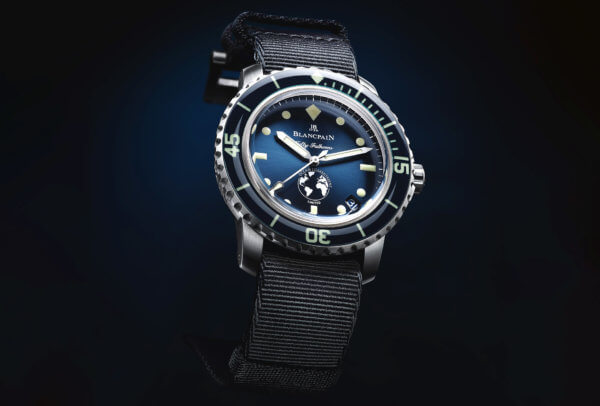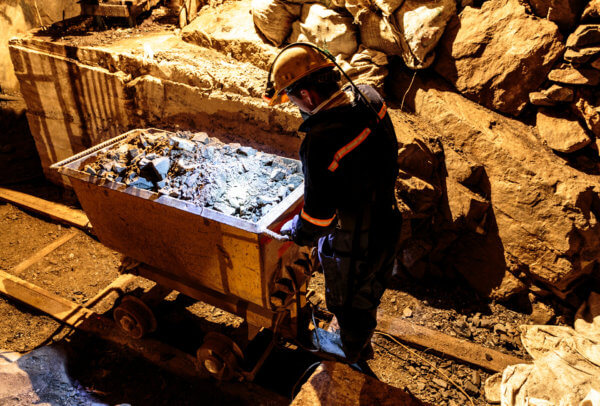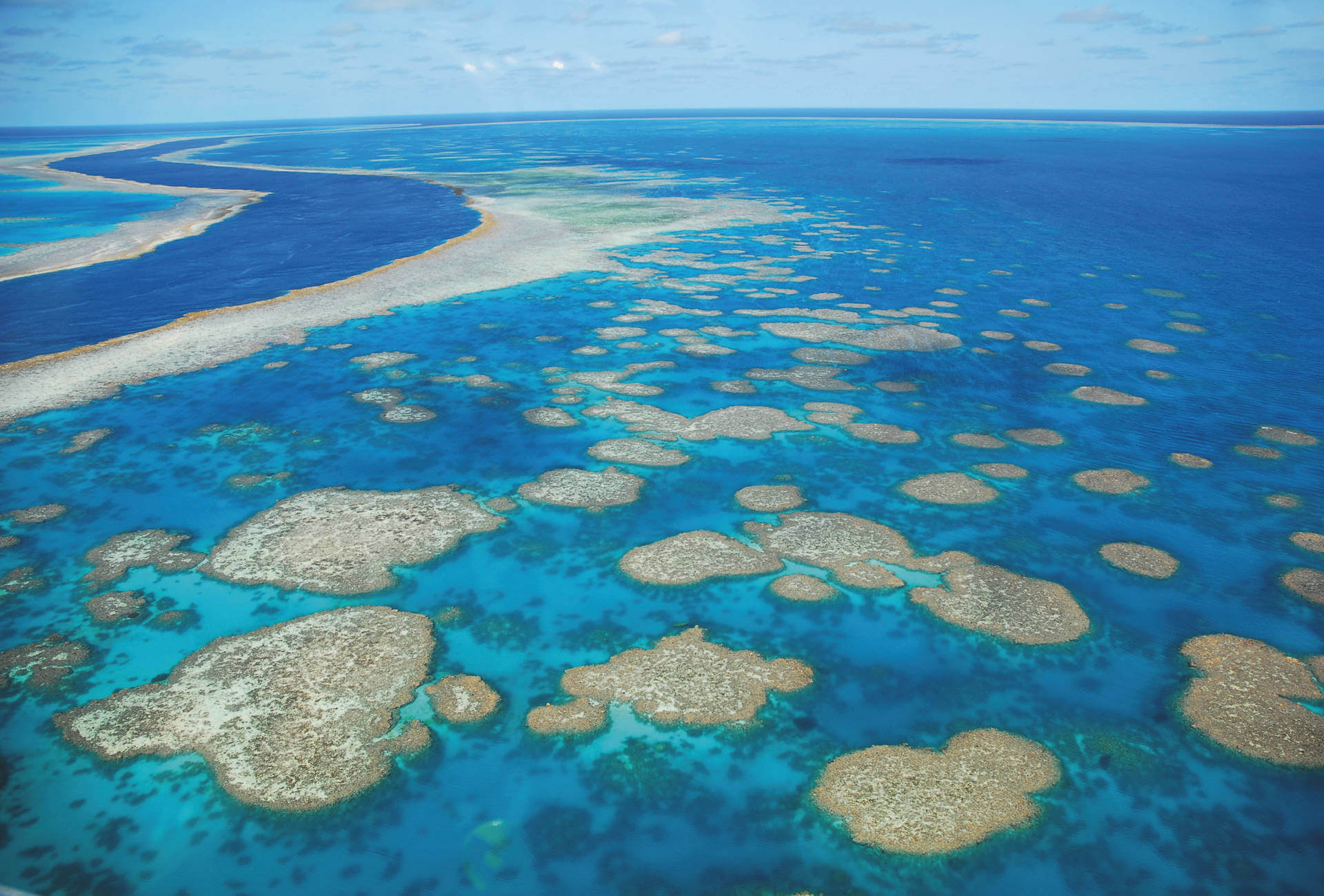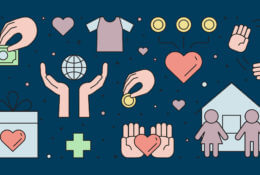It’s a modern-day dilemma. Given the scale of global warming, should we still be buying watches? For fans of carefully crafted mechanisms, the answer is a resounding yes. But we cannot continue to indulge our passion without considering the wider implications. The 1980s were the bling-bling years, a decade of rampant consumerism. The 2000s saw a shift in focus towards more cautious spending that evolved into rising demand for fair trade and organic products. And as we near a new decade, we want to shop sustainably. This means informed decisions, with more options and more thinking about the products we buy… and what happens when they reach the end of their lifespan. Human activity is destroying biodiversity, upsetting food chains, and generally taking its toll on nature. In this context, watchmakers also have a duty to guide their customers towards sustainable choices, and are reviewing production processes or seeking partnerships that support environmental causes. A way for brands to do good… and burnish their credentials at the same time.
Responsible luxury
Whatever form this action takes, it has to align with marketing strategy, and the best way to achieve this is still by looking to the past. Blancpain, for example, has developed its Ocean Commitment initiative out of its connections with diving. It builds on its flagship model — the Fifty Fathoms, launched in 1953 and developed with French combat divers, — to imagine limited editions such as the 250-piece Fifty Fathoms Ocean Commitment III, with proceeds going towards ocean protection. One of the projects to benefit is the Gombessa expedition to measure the impact of global warming in the Antarctic.

Rolex is another brand that’s well-placed to enter into this type of partnership, illustrated by its association with National Geographic. Since the 1930s, the brand with the coronet has accompanied many of the great explorers and adventurers into the most challenging environments, and continues to support exploration and efforts to safeguard Earth’s oceans, mountains and poles. Elsewhere, brands are using their collections to deliver an environmental message. IWC issued the Aquatimer Chronograph Edition “Galapagos Islands” to draw attention to the future of this volcanic archipelago. Oris, through its Clipperton Limited Edition, confirms its commitment to ocean preservation. The brand is primary sponsor of the Clipperton expedition, named after Clipperton Island, a unique and fragile ecosystem that is part of a migration corridor for sharks and other marine creatures.
Ethical luxury
The second solution open to brands, and one that is gaining ground, is to embark on a programme of ethical luxury. Chopard famously took the lead in this domain when in 2014 it introduced ethically-sourced Fairmined gold to its collections. In March 2018 it announced its intention to use nothing but ethical gold for its watches and jewellery and, true to its word, since July 2018 has sourced all its gold from two traceable routes, namely artisanal mines taking part in the Swiss Better Gold Association, Fairmined or Fairtrade schemes, and gold that complies with the Responsible Jewellery Council (RJC) Chain of Custody. On a different note, in May last year Richemont introduced Baume, an e-commerce brand that offers affordable luxury watches made through sustainable processes. All these features chime with the up-and-coming generations who care about how luxury goods are produced, and also want to support charitable causes.

These new consumers are also firm believers that what goes around (should) come around. More than wishful thinking, recycling is a major precept of the green economy that has spilled over into watchmaking. Just a few years ago, recycling wasn’t “fitting” for a luxury brand. Now preservation and legacy are fashionable values. From vintage-inspired designs to repurposing new old stock, upcycling and recycling is another way for watch brands to stay current.
The upsurge in second-hand
In a similar vein, buying pre-owned is another fast-growing market, boosted by the arrival of global platforms such as Watchfinder or WatchBox where users can buy and sell authenticated and certified second-hand timepieces. On Watchfinder, these range from TAG Heuer chronos to a sapphire-encrusted Chanel J12, a Breitling Emergency with its dual-frequency distress signal, and even a Richard Mille Felipe Massa at over €100,000. Something for everyone.
All the big-name brands are there, and will be more and more. Sixteen years after its launch, in June 2018 this specialist in private sales of luxury watches was taken over by Richemont. Prior to that, Johann Rupert’s group had bought Yoox Net-a-Porter (YNAP). Both these acquisitions show Richemont’s determination to be present in a sector that is destined for exponential growth, and sits perfectly with the ethical and environmental concerns that are also driving the pre-owned market.


















